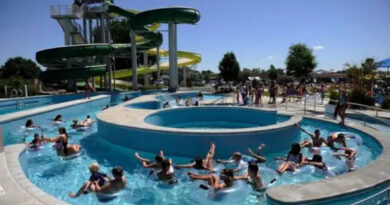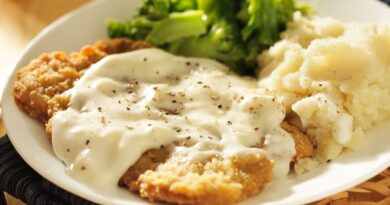History of Starbucks Founded in Seattle Washington
Starbucks was born in the heart of Seattle, Washington, in 1971. Founded by three partners—English teacher Jerry Baldwin, history teacher Zev Siegl, and writer Gordon Bowker—their inspiration stemmed from a shared love of high-quality coffee and tea. The trio opened their first store in Pike Place Market, a historic and bustling marketplace known for its eclectic array of goods and local produce. Named after the first mate in Herman Melville’s classic novel “Moby-Dick,” Starbucks initially sold high-quality coffee beans and equipment for brewing coffee and tea.
The Schultz Era Begins
In 1982, Howard Schultz joined Starbucks as Director of Retail Operations and Marketing. Schultz, captivated by the European coffeehouse culture he experienced on a trip to Italy, envisioned Starbucks as a place not just to buy coffee but also to sit, relax, and socialize. Despite initial resistance from the original founders, Schultz’s vision eventually prevailed. In 1987, Schultz acquired Starbucks, merging it with his own coffee company, Il Giornale, and began the transformation of Starbucks into the coffeehouse experience we know today.
Expansion and Innovation
Under Schultz’s leadership, Starbucks rapidly expanded throughout Seattle and beyond. The company went public in 1992, fueling its growth with the influx of capital. By the late 1990s, Starbucks had established itself as a global brand with thousands of stores worldwide.
Starbucks’ success can be attributed to several key factors. First, its commitment to quality and consistency set it apart from other coffee chains. Starbucks developed relationships with coffee growers around the world, ensuring high standards and ethical sourcing practices. Second, the company invested heavily in the customer experience. Starbucks stores were designed to be welcoming spaces where customers could linger and enjoy their coffee, with free Wi-Fi and comfortable seating becoming standard features.
Cultural Impact and Community Engagement
Starbucks has played a significant role in shaping coffee culture in Washington and beyond. It introduced many Americans to espresso-based drinks like lattes, cappuccinos, and macchiatos, which were relatively unknown in the U.S. before Starbucks’ rise. Moreover, the company has been a pioneer in promoting sustainability and corporate social responsibility. Starbucks’ ethical sourcing programs, environmental initiatives, and community outreach efforts have become integral parts of its brand identity.
In Seattle, Starbucks has become a cultural icon. The company’s headquarters, known as the Starbucks Center, is located in the SoDo district of Seattle. This 19-story building is one of the largest LEED-certified buildings in the world, reflecting Starbucks’ commitment to environmental sustainability. Additionally, the original Pike Place Market store remains a popular tourist destination, symbolizing the company’s humble beginnings and enduring legacy.
Challenges and Adaptations
Despite its success, Starbucks has faced numerous challenges over the years. Economic downturns, competition from other coffee chains, and changing consumer preferences have all posed threats to the company’s dominance. However, Starbucks has consistently adapted to these challenges through innovation and strategic changes.
One significant adaptation has been the embrace of digital technology. Starbucks’ mobile app and loyalty program have been highly successful, allowing customers to order and pay for their drinks with ease. This digital integration has enhanced the customer experience and provided valuable data for the company to refine its offerings.
Additionally, Starbucks has diversified its menu to cater to evolving tastes and dietary preferences. From introducing non-dairy milk options to expanding its food offerings with healthier choices, the company has continually evolved to meet the demands of its customers.
Looking to the Future
Today, Starbucks is more than just a coffee company; it is a global phenomenon with over 30,000 stores in more than 80 countries. Despite its vast expansion, the company’s roots remain firmly planted in Washington. The commitment to quality, community, and innovation that began in Seattle continues to drive Starbucks forward as it navigates the complexities of the modern business landscape.
Starbucks’ history in Washington is a testament to the power of vision, innovation, and community engagement. From a single store in Pike Place Market to a global empire, Starbucks’ journey reflects the spirit of Seattle—dynamic, forward-thinking, and deeply connected to its community. As Starbucks looks to the future, it remains committed to its core values while continually seeking new ways to inspire and nurture the human spirit—one person, one cup, and one neighborhood at a time.
Discover more from City Towner
Subscribe to get the latest posts sent to your email.




